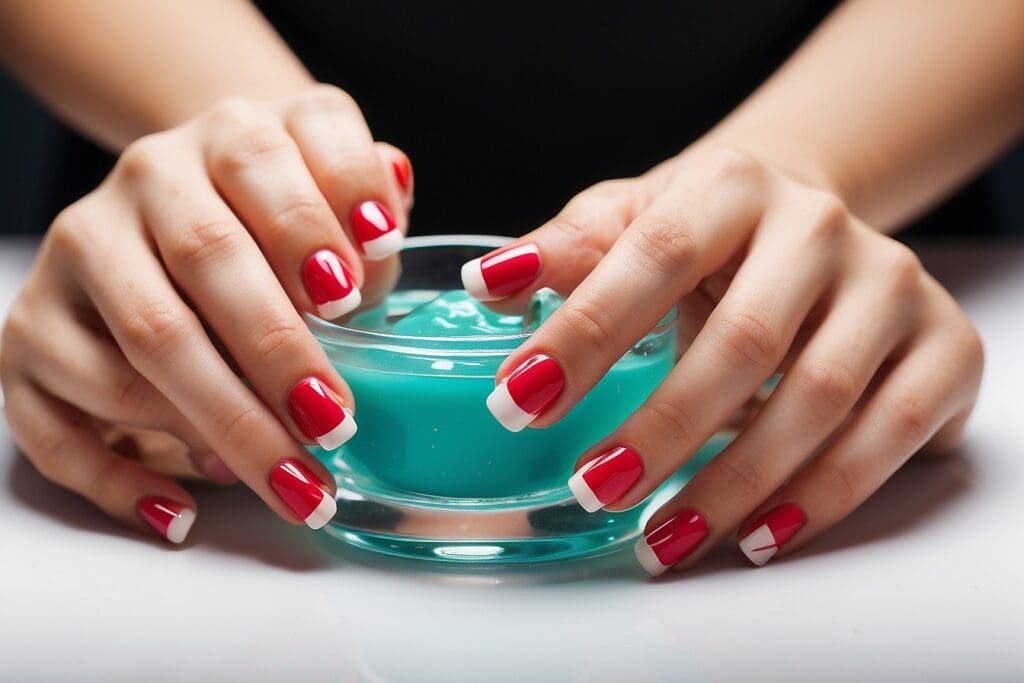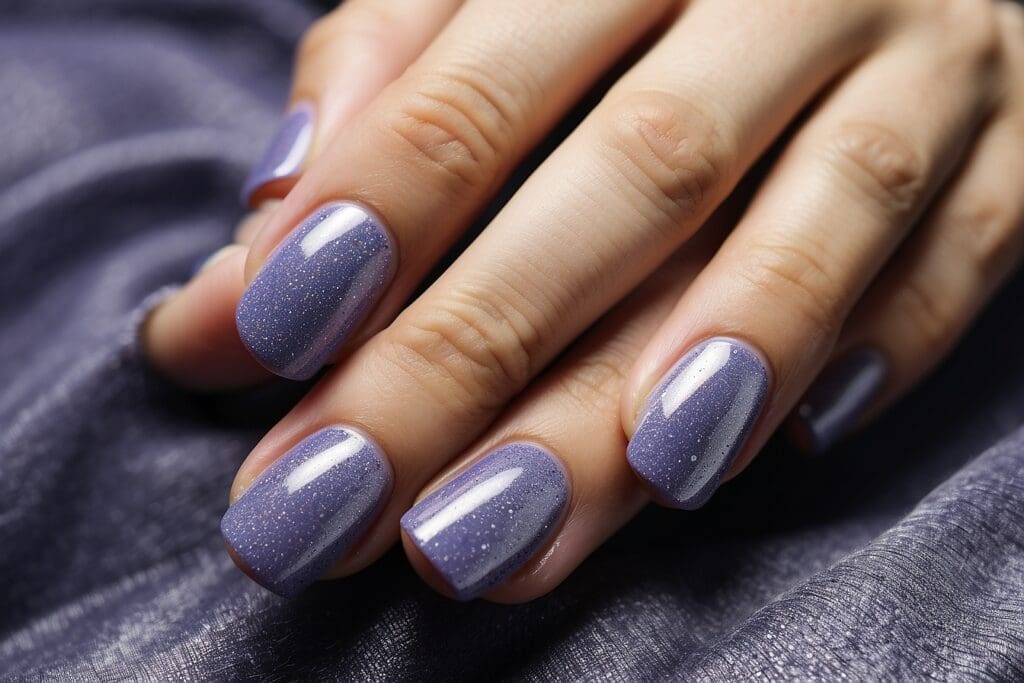Leaving the nail salon, every normal task suddenly becomes precarious. One accidental graze of your nails and the manicure is ruined. To top it off, a week later, the polish is chipping. Gel nail polish has been changing all of this – but at what cost?
What is Gel Nail Polish?
iPrior to gels, modern nail polish followed a liquid-and-powder formula. However, gels are a homogenous product that has not been polymerized, allowing it to stay in a semi-liquid/semi-solid state.1
History of Gel Nail Polish
The concept of painting nails began in India over 5,000 years ago. However, instead of what we think of as nail polish, they used henna. By 3,000 B.C.E., the practice had spread to China, where nail color became a way to show wealth and social status. Instead of henna, the Chinese created a base of egg whites, gelatin, beeswax, and gum Arabic. To add color, they added rose and orchid petals to the base mixture, which created varying shades of red and black. This method was time-consuming; the nails had to soak in the mixture for several hours in order for the color to set. Over time, Chinese nobility began to paint their nails the colors of the current ruling dynasty.2
Red nails were also present in Ancient Egypt. Both Nefertiti and Cleopatra were famous for wearing bold red nails. In Ancient Egypt, the shade of red correlated to the amount of power a person held. During Cleopatra’s rule, only women in royalty were allowed to wear red as a nail color.3
Fast-forward to 1920, the birth of modern nail polish. That year, high-gloss automobile paints were created. Michelle Manard, a French makeup artist, was inspired by this type of paint and wanted to use it on nails. The Charles Revson Company, which Manard worked for, loved the idea and began to tinker with the formula to adapt it for nail painting. In 1932, The Charles Revson Company changed their name to Revlon and began selling what the traditional nail polish is that we know today.4
Gel nail polish first appeared in the United States in the 1980s. However, the precise interactions between gel lights and gel nail polish had not been hammered out, and if the wrong light was used or if too much gel was applied, customers experienced a burning sensation on their fingertips. By the end of the 1990s, these issues had been resolved, the technology had been improved, and gel nail polish steadily rose in popularity.5
Benefits of Gel Nail Polish

There are two noteworthy benefits of gel manicures. First, unlike most conventional manicures, the polish should remain un-chipped for two weeks or even longer. Second, after placing your nails under ultraviolet (UV) light, the polish is dry and you can go about your day without the fear of ruining your manicure or pedicure.6 So, basically, it is more effective and convenient.
Downsides of Gel Nail Polish

While gels may be convenient and longer lasting, there are detrimental health impacts to consider. First, gel polishes can contain questionable chemicals. Some gel polishes contain a chemical known as methyl acrylate, which can cause contact dermatitis (an allergic skin reaction) for some people. The rash from contact dermatitis, which will occur wherever the chemical touched the skin, is usually red, itchy, and bumpy and can last up to one to two weeks. Some gel polishes also contain the chemical butylated hydroxyanisol (BHA), which is a carcinogenic.7
Second, the reason gel polishes dry so quickly is due to the UV light. Excessive exposure to UV light can cause skin cancer. While recent research has shown that the risk of skin cancer from UV nail lights is low, it is still important to take precautions to avoid that possibility and the aging of your hands in general. To protect your hands, there are a few simple options. Right after you wash your hands during the middle of the manicure, apply sunscreen. You can also wear photoprotective gloves with the fingertips cut off for extra protection.8 Lastly, some nail technicians use LED (light emitting diode) lights to set the polish instead, which is believed to be safer.9 Since UV light can impact your eyes in addition to your skin, wearing sunglasses for protection is recommended, especially for the nail technicians that are exposed to it all day long. UV light exposure is the main cause of cataracts.10
Removing gel polish is also a questionable process. To remove the polish, you have to soak your nails in acetone for up to 15 minutes. Since the gel polish blocks oxygen from reaching the nail, nails can often be discolored, thin, and brittle once the polish is removed. Sometimes the nail even separates from the nail bed, which leaves the nail vulnerable to infection.11 After removing gel polish it is important to give your nails a break from polish and to moisturize them several times a day.12 To keep the nail moisturized while the polish is on, apply cuticle oil every day to prevent the nail from peeling once you are in the process of taking the polish off.13
This conversation regarding gel nail polish sheds just a small amount of light on the nail industry, mainly from the client’s perspective. There is a great deal more to be addressed regarding the safety of the industry as a whole, particularly for workers. Recently, after a New York Times exposé, New York City government is looking into regulating the nail industry and it is only a matter of time before other agencies or entities follow suit. It will be interesting to see what happens to the beloved gel nail ritual many of us have become accustomed to.




